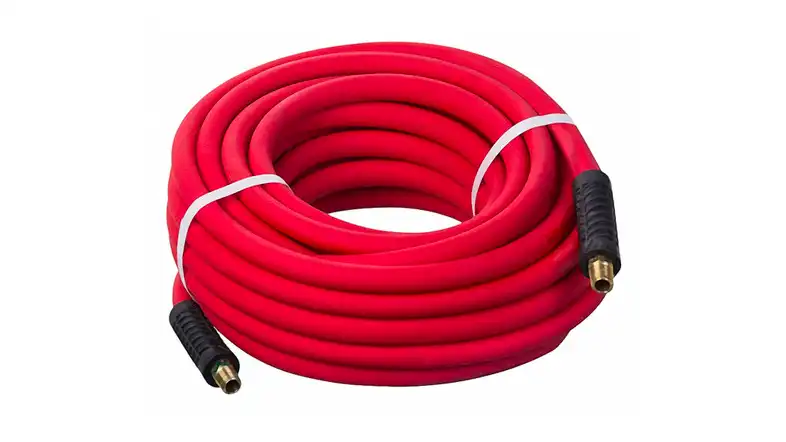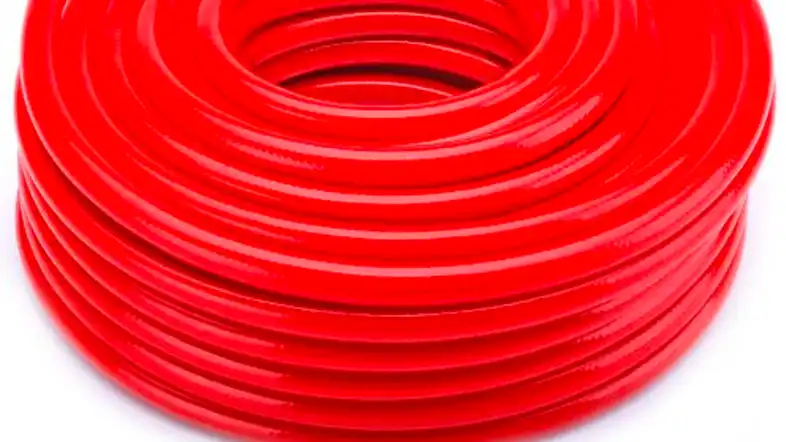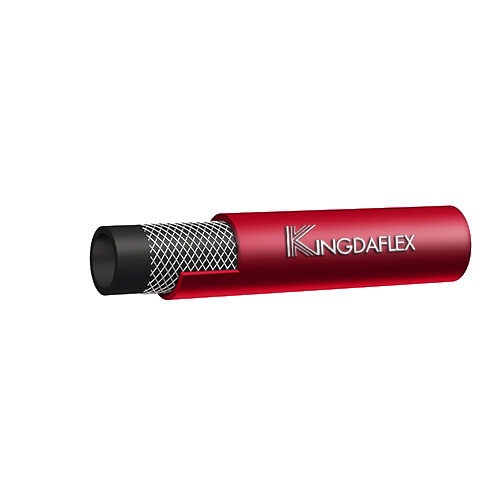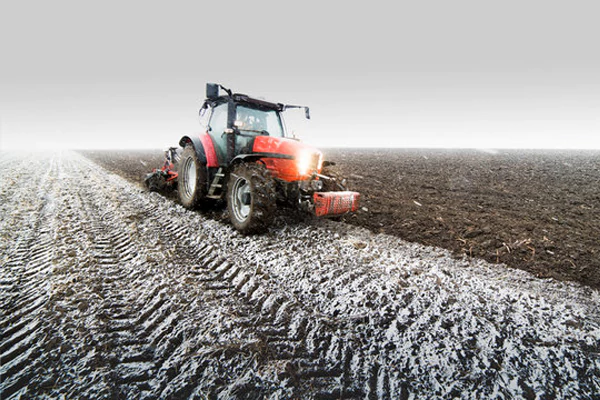Acetylene hoses play a vital role in various industries, enabling the safe transportation and distribution of acetylene gas. Understanding the characteristics, applications, and safety measures associated with acetylene hoses is crucial for professionals and enthusiasts alike.
In this article, we will explore everything there is to know about acetylene hoses, including their construction, usage, and maintenance.
Let’s dive in!
What is Acetylene Hose?
An acetylene hose is a specialized type of gas hose designed for the transportation of acetylene gas. Acetylene, a highly flammable and reactive gas, requires specific handling and containment to ensure safety during its transportation and use. Acetylene hoses are engineered to withstand the unique challenges posed by this gas, making them indispensable in various industries such as welding, cutting, and metal fabrication.
The Construction of Acetylene Hose

Acetylene hoses are constructed using high-quality materials to ensure their durability and safety. The key components of an acetylene hose include:
- Inner Tube: The inner tube is the core of the hose, responsible for carrying the acetylene gas. It is typically made of synthetic rubber, which provides excellent gas-tightness and flexibility.
- Reinforcement Layer: Surrounding the inner tube, the reinforcement layer comprises high-strength materials like textile braids or steel wires. This layer enhances the hose’s strength and resistance to internal pressure.
- Cover: The outer cover shields the hose from external damage, such as abrasion and weather conditions. It is usually made of synthetic rubber or a blend of synthetic materials.
- Color Code: Acetylene hoses often feature a distinct color code, such as red, to differentiate them from other gas hoses and ensure easy identification.
Applications of Acetylene Hoses

Acetylene hoses find application in various industries due to their unique properties and capabilities. Some common uses of acetylene hoses include:
- Welding: Acetylene gas is widely used as a fuel gas in oxy-fuel welding and cutting processes. Acetylene hoses facilitate the controlled delivery of acetylene to welding torches, ensuring precise and efficient welding operations.
- Cutting: Oxy-acetylene cutting is a popular method for severing metal components. Acetylene hoses play a crucial role in supplying acetylene to the cutting torch, enabling the production of clean and precise cuts.
- Metal Fabrication: Acetylene is utilized in various metal fabrication processes, such as brazing and soldering. Acetylene hoses ensure a steady and reliable flow of gas, critical for achieving desired fabrication results.
- Heating: In some industrial processes, acetylene serves as a heating agent. Acetylene hoses provide the means to deliver the gas safely to the heating equipment.
Safety Tips for Handling Acetylene Hoses

Safety is of utmost importance when dealing with acetylene hoses. Here are some essential safety tips to follow:
- Proper Storage: Store acetylene hoses in a well-ventilated and designated area, away from open flames, sparks, and direct sunlight.
- Regular Inspections: Conduct regular inspections of the hoses for any signs of wear, damage, or leaks. Replace damaged hoses immediately.
- Secure Connections: Ensure that hose connections are secure and leak-free. Use appropriate fittings and follow the manufacturer’s guidelines.
- No Oil or Grease: Avoid exposing acetylene hoses to oil or grease, as these substances can react with acetylene, leading to potential hazards.
- Proper Handling: Handle hoses with care, avoiding kinks, sharp bends, or dragging them across rough surfaces.
- Keep Acetylene Cylinders Upright: Always store acetylene cylinders in an upright position to prevent the acetone inside from being drawn into the regulator or hose.
What Color is Acetylene Hose?
The color of an acetylene hose is typically red. This color-coding is a safety measure to help distinguish acetylene hoses from other gas hoses in industrial settings. The red color indicates that the hose is specifically designed and rated for use with acetylene gas, which is commonly used in welding and cutting processes. Using the correct color-coded hose helps prevent the accidental mixing of gases and ensures the safety of workers and equipment.
FAQs About Acetylene Hoses
-
Are acetylene hoses suitable for other gases?
No, acetylene hoses are specifically designed for use with acetylene gas due to its unique properties and potential reactivity with certain materials.
-
Can I use acetylene hoses for propane or other fuel gases?
No, using acetylene hoses with incompatible gases can lead to safety hazards. Always use hoses designed for the specific gas you are working with.
-
How often should I replace my acetylene hose?
It is recommended to replace acetylene hoses every five years or sooner if there are signs of wear, damage, or deterioration.
-
Can I repair a damaged acetylene hose myself?
It is best to avoid attempting self-repairs on acetylene hoses. Any damage should be addressed by a qualified professional or replaced entirely.
-
Can acetylene hoses be used for underwater welding?
No, acetylene hoses are not suitable for underwater welding due to safety concerns and the unique requirements of underwater welding operations.
-
How do I check for gas leaks in my acetylene hose?
To check for leaks, apply a solution of soapy water to the hose connections and watch for bubbles. If bubbles appear, there is a leak that needs to be addressed.
Conclusion
Acetylene hoses are essential tools for various industrial applications, providing a safe and efficient means of transporting acetylene gas. Understanding their construction, applications, and safety measures is vital to ensure smooth operations and protect against potential hazards.
By following safety guidelines and using hoses designed for the specific gas being used, professionals can maximize the benefits of acetylene hoses while ensuring a secure working environment.
For more detailed information about acetylene hose, please feel free to contact us [email protected].





